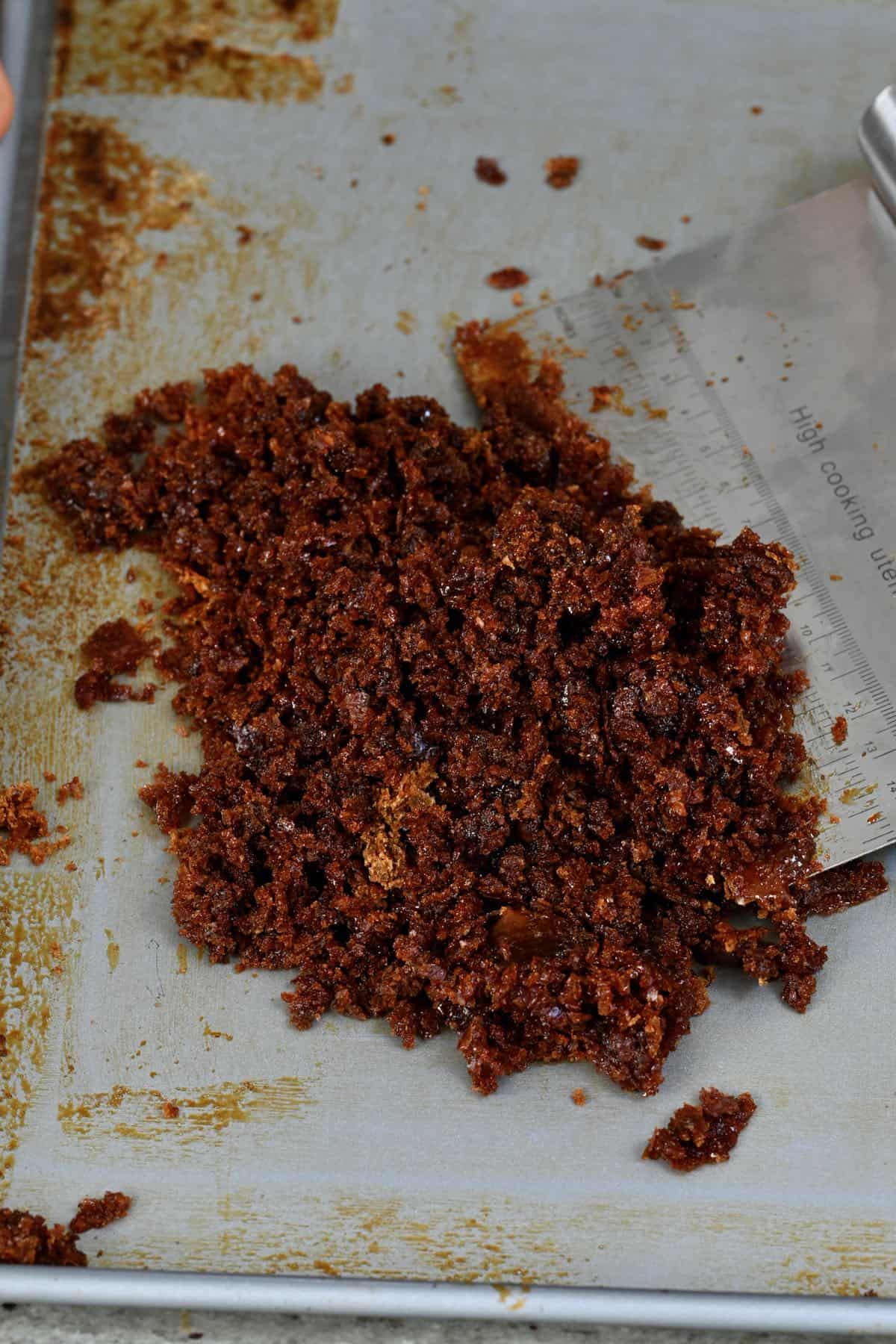High-Quality Cane Sugar Processing Chemicals: Reputable and Safe
High-Quality Cane Sugar Processing Chemicals: Reputable and Safe
Blog Article
Maximizar Rendimientos Y Minimizar Costos: Estrategias Avanzadas Para La Optimización Química Del Procesamiento De Azúcar De Caña
In the world of walking cane sugar handling, the quest of making best use of yields while concurrently reducing costs stands as a formidable challenge that requires a critical mix of innovative chemical optimization methods. In the middle of this complex internet of techniques lies the promise of opening untapped possibility and reinventing the extremely essence of sugar manufacturing.
Chemical Evaluation for Effectiveness
Chemical analysis plays a crucial duty in improving the efficiency of sugar walking cane handling by offering essential understandings right into the composition and residential properties of the raw materials. By performing in-depth chemical analyses on sugar walking cane examples, processors can figure out the precise focus of sucrose, glucose, fructose, and other elements present in the raw product. This info is vital for maximizing the different phases of the sugar walking cane processing chain, from crushing to condensation.
Moreover, chemical evaluation enables cpus to identify pollutants such as organic acids, proteins, and minerals that can impact the high quality and return of the final sugar item. By quantifying these contaminations, processors can carry out targeted strategies to remove or minimize their effects, eventually improving the general performance of the processing plant.
In addition, chemical analysis helps with the surveillance of procedure parameters such as pH, temperature level, and thickness, allowing processors to make real-time changes to ensure ideal problems for sugar removal and formation. Overall, a comprehensive understanding of the chemical composition of sugar cane is necessary for optimizing returns, decreasing costs, and preserving high item quality in the sugar production market.

Enzyme Utilization for Boosted Returns
With a tactical strategy to enzyme use, sugar cane processors can dramatically enhance their yields while keeping operational efficiency in the manufacturing procedure. Enzymes play an essential function in sugar walking cane processing by breaking down complicated carbs right into simpler sugars, thus boosting the total sugar removal efficiency. By incorporating certain enzymes customized to target the various components of sugar cane, such as cellulose and hemicellulose, processors can enhance the release of sugars throughout removal.
Enzyme application uses the advantage of optimizing sugar returns from the raw product while decreasing the power and sources needed for handling. This causes an extra lasting and cost-effective production process. Additionally, enzymes can aid in decreasing processing time and enhancing the overall quality of the sugar product. Through careful choice and application of enzymes, sugar cane processors can optimize their procedures to attain greater returns and earnings.
Ph Control for Optimum Handling
Enzyme application for increased yields in sugar walking cane handling lays the structure for addressing the vital facet of pH control for optimum handling performance. Maintaining the appropriate pH level throughout different stages of sugar walking stick handling is crucial for optimizing returns and lessening prices. By meticulously checking and readjusting the pH levels at different handling actions, sugar walking cane cpus can improve sugar healing rates, decrease chemical usage, and optimize the overall manufacturing procedure.
Advanced Filtering Methods
Executing advanced filtration techniques in sugar walking cane handling improves the efficiency and purity of the end product with refined separation approaches. By including innovative filtration technologies, such as membrane layer purification and triggered carbon filtering, sugar walking cane handling plants can achieve greater degrees of sugar recovery and boosted top quality control.

Triggered carbon filtration is another innovative technique that assists in the elimination of colorants, off-flavors, and residual contaminations from sugar walking cane products. By utilizing triggered carbon's adsorption buildings, this filtering method boosts the clearness and taste of the sugar, fulfilling the high requirements required by consumers and industry guidelines.
Energy-Efficient Distillation Techniques
Energy-efficient distillation techniques are crucial for enhancing the sugar walking cane processing market's power consumption while preserving top quality item criteria. Conventional purification procedures can be energy-intensive, leading to greater manufacturing expenses and environmental click this site impacts (Cane Sugar Processing Chemicals). Executing energy-efficient purification approaches, such as vacuum purification or Full Report molecular purification, can considerably decrease energy demands while boosting overall process effectiveness
Vacuum cleaner purification entails decreasing the pressure within the distillation system, which lowers the boiling point of the fluid combination being refined. This decrease in boiling factor decreases the energy needed for vaporization, resulting in energy cost savings compared to traditional purification methods.
On the other hand, molecular distillation uses short path distillation methods under high vacuum conditions to separate compounds based on their molecular weight. This technique is particularly reliable for heat-sensitive substances, as it operates at reduced temperature levels, reducing power intake and maintaining item top quality.
Verdict

Report this page